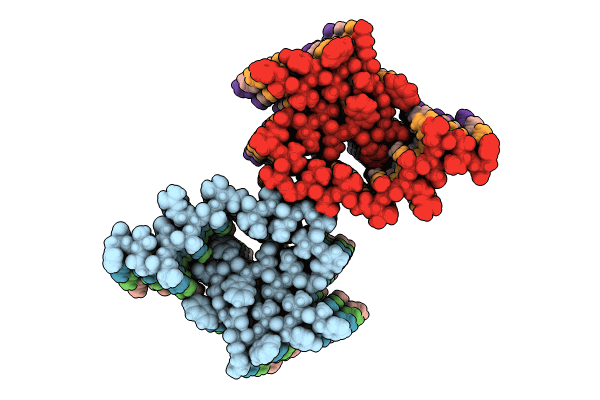
Deposition Date
2024-10-01
Release Date
2024-10-09
Last Version Date
2025-07-16
Method Details:
Experimental Method:
Resolution:
1.79 Å
Aggregation State:
FILAMENT
Reconstruction Method:
SINGLE PARTICLE


